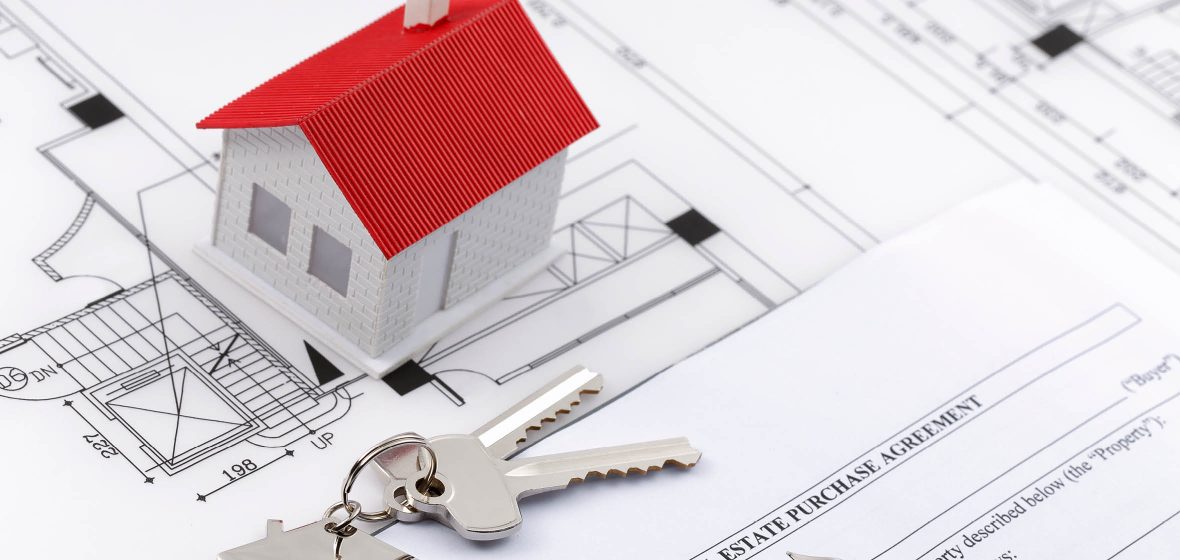Snapshot
- Purchasers of residential land in NSW, particularly developers, may ask vendors to document the sale of their land by way of put and call options rather than sale contracts to allow the purchaser to defer stamp duty until the exercise of an option without disadvantaging the vendor.
- However, put and call options are not equivalent to sale contracts, owing to the complex interrelationship between the requirements of the Conveyancing Act and the Conveyancing (Sale of Land) Regulation.
- The recent decision in BP7 Pty Ltd v Gavancorp Pty Ltd [2021] NSWSC 265 highlights some of the practical issues or pitfalls arising from the use of residential put options.
Purchasers of residential land in NSW, particularly developers, may ask vendors to document the sale of their land by way of put and call options rather than sale contracts. The reason usually provided by such purchasers is that the grant of a put and call option will allow purchasers to defer stamp duty until the exercise of an option without disadvantaging the vendor and that a put and call option is as good as a sale contract.
However, put and call options of residential property are not equivalent to sale contracts. This is because of the complex interrelationship between the requirements in the following legislation:
- Section 52A of the Conveyancing Act 1919 (NSW) (‘the Act’) and the Conveyancing (Sale of Land) Regulation 2017 (NSW) (‘the Regulation’) which apply to all land sale contracts in NSW;
- Division 8 (Sale of Residential Property) of Part 4 (Sales and Other Transactions) of the Act (Division 8), relating to contracts for the sale of “residential property” as defined in s66Q of the Act; and
- Division 9 (Options for Purchase of Residential Property) of Part 4 the Act (Division 9).
The risk to vendors of residential property and their solicitors of navigating their way through these statutory requirements is starkly illustrated by the recent decision in BP7 Pty Ltd v Gavancorp Pty Ltd [2021] NSWSC 265 (‘Gavancorp’).
All references to legislation in this article are references to the Conveyaning Act, unless otherwise stated.
The facts
On 4 September 2018, BP7 Pty Ltd (‘Purchaser’) entered into put and call option deeds (‘Option Deeds’) with Gavancorp Pty Ltd and 13 other owners of strata lots in two residential strata schemes in Cronulla, NSW (each a ‘Vendor’) for the sale and purchase of those strata lots. A sale contract setting out the purchase price for each lot was attached to each Option Deed (‘Sale Contract’). The call option period in the Option Deeds commenced on the 43rd day after the date of the Option Deeds (to satisfy s 66ZG(1)(b)) and ended 18 months after the date of the Option Deeds (namely, 3 March 2020). The put option period commenced on the next business day after the expiry of the call option period and ended 10 business days after the expiry of the call option period.
Each Option Deed required the Purchaser to pay the Vendor a call option fee (‘Call Option Fee’) of 10 per cent of the relevant purchase price in two tranches, with the first 50 per cent payable on or before the date of the Option Deed and the balance on or before six months after the date of the Option Deed. Each Vendor paid the Purchaser a non-refundable put option fee of $10.




